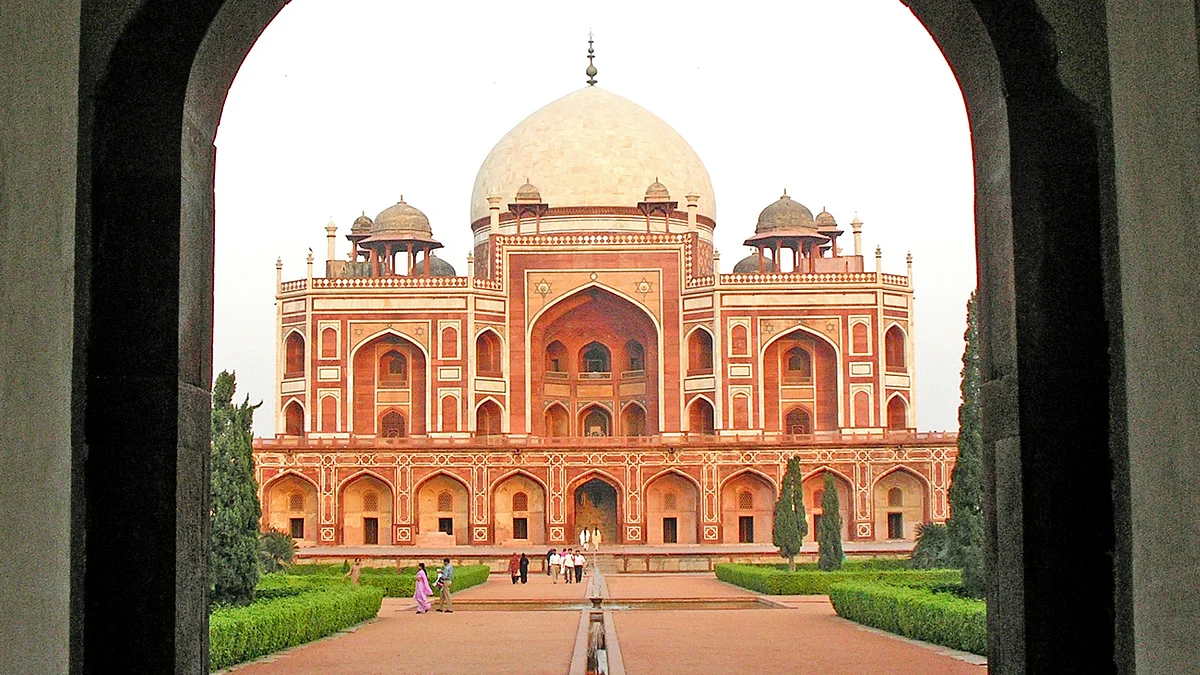Delhi: At least 12 hurt as part of structure collapses near Humayun's Tomb
No official statement yet regarding cause, nor any information about structural condition of remaining sections

At least 12 people were injured on Friday evening after a structure being built near the Humayun's Tomb in Delhi's Nizamuddin area collapsed, officials said. It was erroneously reported earlier that a portion of the tomb itself had collapsed.
Police said a total of 10 to 12 victims were rescued from the debris after a call regarding the incident was received at 3.55 pm. They suffered injuries and were sent to different hospitals.
Multiple rescue agencies, including the Delhi Fire Services (DFS), Delhi Police, NDRF and Delhi Disaster Management Authority (DDMA), were pressed into service following the incident.
A senior DFS official had initially said a call regarding the collapse of a portion of a dome at the tomb was received, after which five fire tenders were rushed to the spot immediately.
Authorities clarified that the incident did not involve the main dome of the 16th-century monument but a smaller room within its premises. "There has been no damage to Humayun's Tomb. A new structure was being built near the tomb, a portion of that has collapsed, and some of it also fell on to the walls of the tomb," Ratish Nanda, conservation architect at Aga Khan Trust for Culture (AKTC), the organisation behind the restoration of Humayun's Tomb, said.
Humayun’s Tomb — a mid-16th-century mausoleum and a UNESCO World Heritage Site — is a major tourist draw. The site has undergone extensive restoration, conducted jointly by the Archaeological Survey of India (ASI) and the AKTC.
Beginning in the late 1990s and continuing through the early 2000s, the programme included the revitalisation of its iconic Mughal garden, repair and replacement of degraded stonework, installation of a traditional water channel system, and removal of later cement additions that were compromising the structure’s integrity — such as a 40 cm thick cement layer from the 1920s, replaced with lime-based materials in 2009.
News of the collapse raised immediate concern among heritage conservationists and authorities, particularly in the absence of any official statement identifying the cause.
With PTI inputs
Follow us on: Facebook, Twitter, Google News, Instagram
Join our official telegram channel (@nationalherald) and stay updated with the latest headlines
Published: 15 Aug 2025, 5:45 PM
